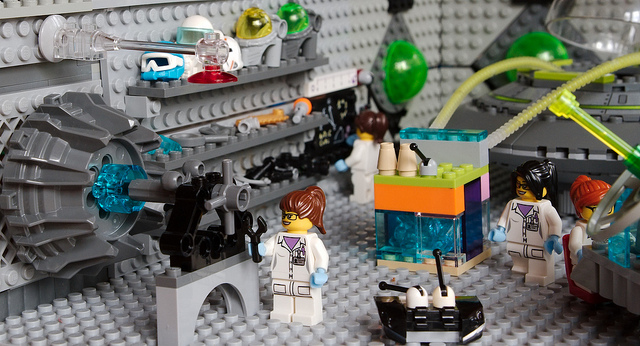Research is more than simply collecting data and writing up results. Particularly if you’re a pre-tenure assistant professor looking to establish your research agenda, research is also about planning and arranging your publications. Without a sufficient guide, you can miss opportunities or fall short of your institution’s research expectations for tenure and beyond. In today’s post, I want to share how backward design can help you plan your research activities.

Backward design is an approach to curriculum development that calls for creating learning goals and then working backward from those goals to determine instructional methods and assessments.
The goal with backward design is to teach toward specific goals which helps to focus and organization a course. Backward design provides a roadmap to guide the instructor.
Similarly, backward design can help you develop a roadmap for your research activities.
For example, let’s say that your institution requires 10 published or in press articles for tenure.
Simply put, this means you need 10 articles to be accepted prior to submitting your tenure dossier. If you’re on a typical timeline and are going up for tenure in your sixth year, you need to have roughly two articles per year. This roadmap gives you a rudimentary guide.
However, I know if I submit something in the spring of my fifth year, I may not get it accepted before the beginning of my sixth year. Therefore, somewhere along the way I need to plan to have a third publication one year to make up for the lag time of journal reviews.
This same backward process can be used for each of the research expectations that your institution has such as number of top-tier journal articles, book proposals, conference proceedings, etc.
As long as you can determine a reasonable goal before going up for your research activities, you can begin coming up with what you need to do each year to stay on track. You can even follow this process with a specific manuscript. If you’re goal is to have the manuscript submitted by Spring Break, you can work backward from that goal to set monthly, weekly, or daily tasks to complete the project on time.
Common advice that you might hear about research is often predicated on backward design principles even if they aren’t articulated as such.
As an illustration, you may have heard the 2-2-2 advice for research productivity. That is, you should have two articles under review, two in the writing stage, and two at the data collection/analysis stage.
There are different versions of this advice but the basic premise is that you have work at different stages of completion.
As a result, you are able to show sustained effort which is important for tenure and also meet the quantitive publication output requirements at your institution. Your institution might necessitate more of a 1-1-1 or even a 3-3-3.
The point here is that you have work at various stages of completion and are creating enough manuscript to meet or exceed the research expectations of tenure at your university. The best way to ensure this is to use backward design help plan your research and to spell out intermediate goals to build up your research activity and CV rather than running haphazardly with no end goal in sight.

